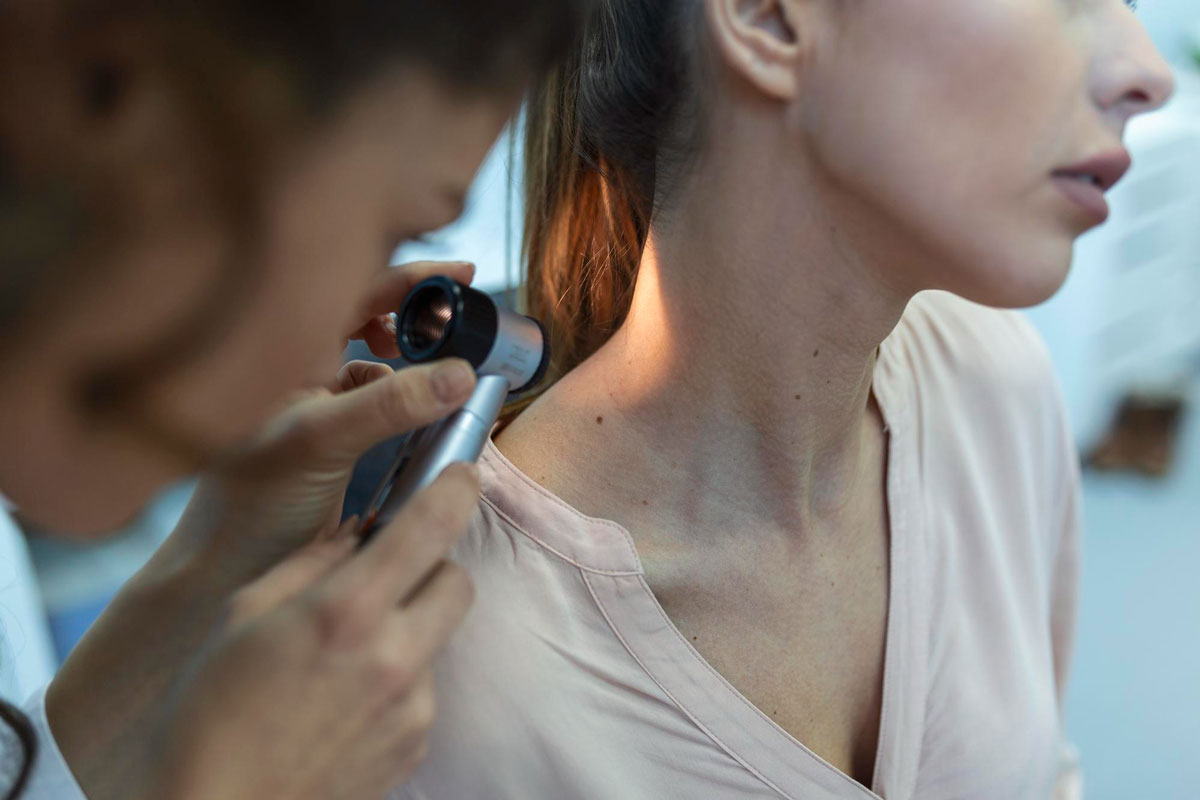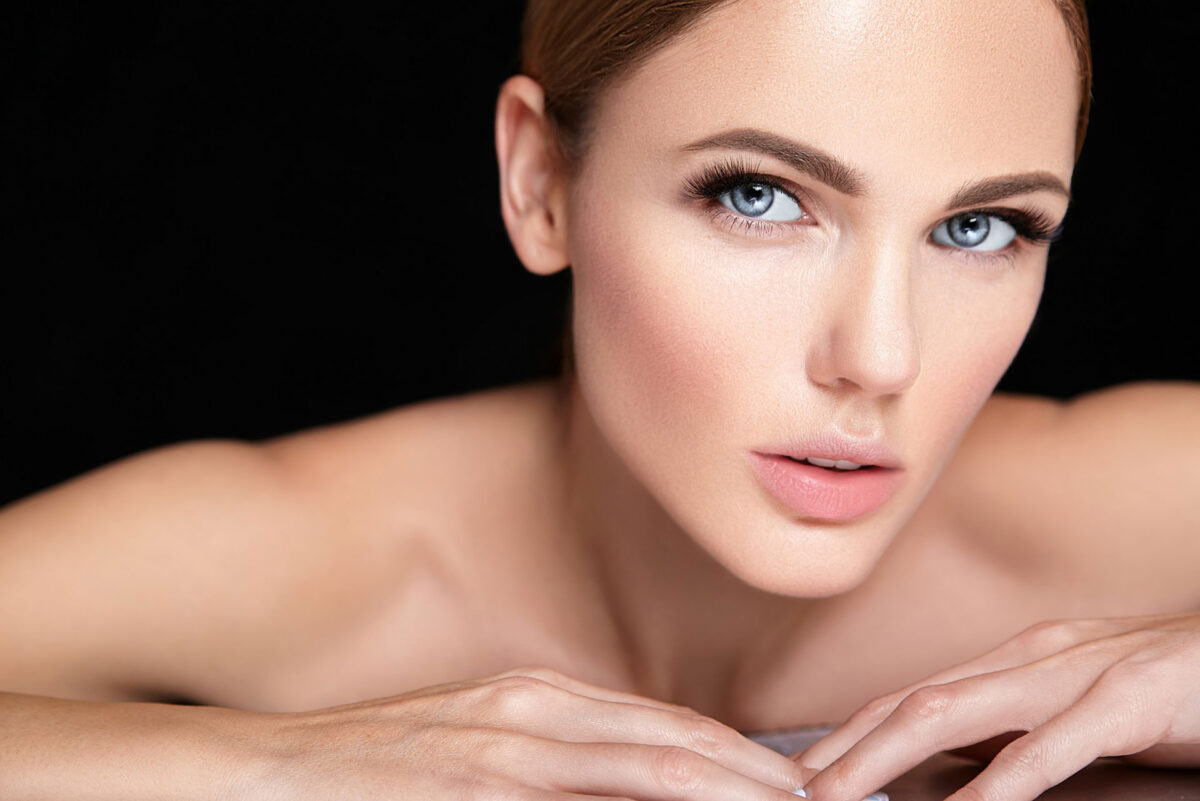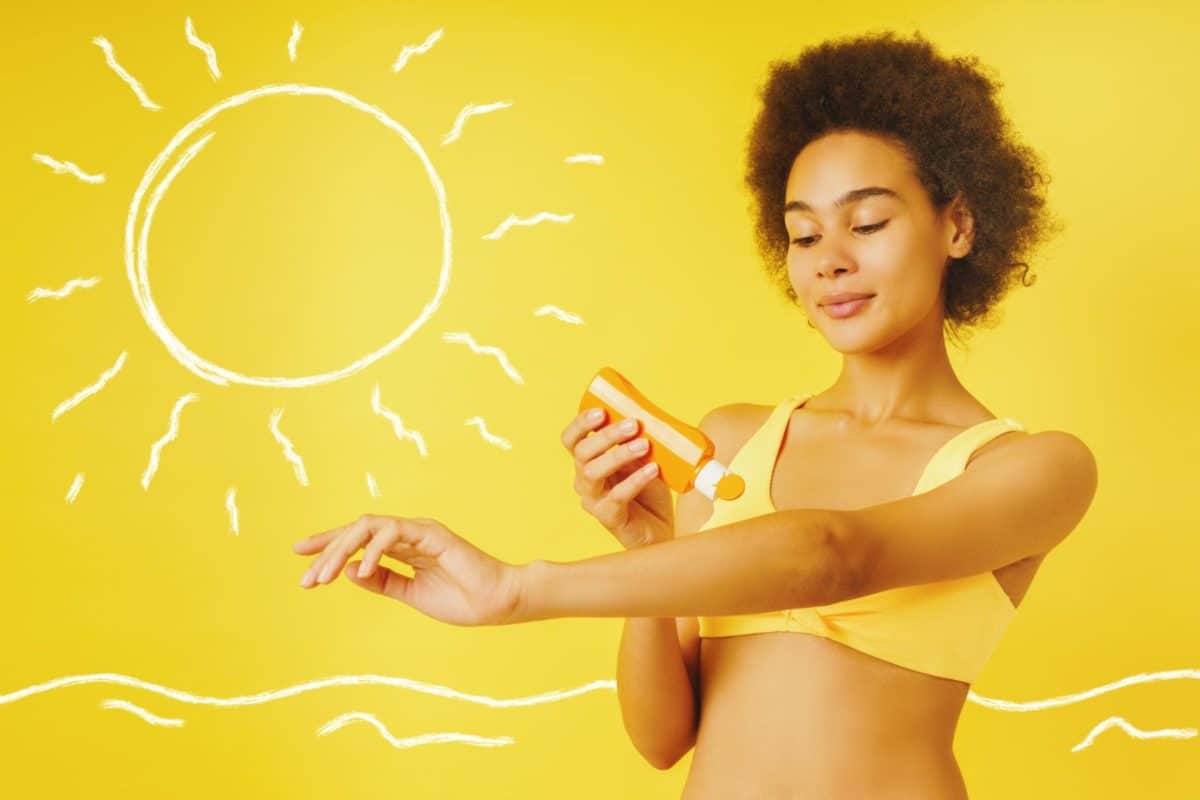At DrTinaFang.com, we prioritise science-backed skincare solutions to help our clients achieve healthy, youthful skin. While most people understand the dangers of ultraviolet (UV) rays, fewer are aware of the impact visible light has on skin ageing and hyperpigmentation—particularly in conditions like melasma.
In this article, we will explore:
✔️ The impact of visible light on melasma and skin ageing
✔️ Why standard sunscreens may not be enough
✔️ Key ingredients to look for in sunscreens
✔️ Effective strategies to protect your skin from visible light damage
What Is Visible Light and How Does It Affect the Skin?
Visible light refers to the portion of sunlight that the human eye can detect, ranging from 400 to 700 nanometres (nm) in wavelength. Unlike ultraviolet (UV) radiation, which is invisible, visible light makes up about 50% of the sun’s total energy.
How Does Visible Light Contribute to Skin Damage?
🔹 Triggers Hyperpigmentation – Melanocytes (pigment-producing cells) react to visible light by increasing melanin production, making conditions like melasma and post-inflammatory hyperpigmentation (PIH) worse.
🔹 Penetrates Deeper Than UVB – Visible light reaches the dermis, where it breaks down collagen and elastin, leading to fine lines and wrinkles.
🔹 Causes Oxidative Stress – High-energy visible (HEV) light, especially blue light (400-500 nm), generates free radicals, damaging DNA and skin barrier function.
Who Is Most at Risk?
🔹 Individuals with melasma – Studies show that visible light significantly worsens melasma, causing persistent pigmentation.
🔹 People with darker skin tones – Fitzpatrick skin types III-VI are more prone to hyperpigmentation triggered by visible light.
🔹 Those exposed to digital screens – Phones, laptops, and tablets emit blue light, which may contribute to skin damage over time.
Visible Light and Melasma: A Strong Connection
Melasma is a chronic skin condition that causes dark, discoloured patches, primarily on the cheeks, forehead, and upper lip. While hormonal changes (pregnancy, contraceptives, menopause) play a role, UV and visible light exposure are the biggest external triggers.
How Does Visible Light Worsen Melasma?
🔹 Stimulates excessive melanin production, leading to uneven pigmentation.
🔹 Penetrates deeper into the skin than UVB, prolonging inflammation and pigmentation.
🔹 Standard sunscreens (SPF 50) only block UVB, not visible light, leaving skin vulnerable.
Solution? Sunscreen that blocks visible light is essential for melasma management!
Why Standard Sunscreens Are NOT Enough
Most people assume that using SPF 50 sunscreen is sufficient for melasma prevention—but this is only half the solution.
What SPF Does:
✅ Blocks UVB (prevents sunburn).
✅ Provides some UVA protection (depending on whether it’s broad-spectrum).
What SPF Does NOT Do:
❌ Does NOT block visible light or blue light.
❌ Does NOT prevent pigmentation worsening in melasma-prone skin.
❌ Does NOT protect against HEV light emitted from screens.
Best Sunscreen Ingredients for Visible Light Protection
1. Iron Oxides (Must-Have for Melasma and Pigmentation)
🔹 The only proven ingredient that blocks visible light.
🔹 Found in tinted sunscreens and BB creams.
🔹 Provides skin-tone coverage while protecting against visible light-induced pigmentation.
✔️ Look for: Tinted sunscreens containing iron oxides (such as La Roche-Posay Anthelios Tinted SPF 50 or Colorescience Total Protection Face Shield).
2. Zinc Oxide and Titanium Dioxide (Best Mineral UV Filters)
🔹 Provide broad-spectrum protection against UVA and UVB.
🔹 Zinc oxide offers partial visible light protection (but is not as effective as iron oxides).
🔹 Ideal for sensitive skin (non-irritating).
✔️ Look for: Mineral-based sunscreens with at least 10% zinc oxide.
3. Antioxidants (Vitamin C & E, Niacinamide, Ferulic Acid)
🔹 Neutralise free radicals generated by HEV light exposure.
🔹 Brighten skin and reduce pigmentation.
🔹 Improve skin barrier function to protect against oxidative stress.
✔️ Look for: Serums with L-ascorbic acid (Vitamin C) or Niacinamide (Vitamin B3) to apply under sunscreen.
4. Polypodium Leucotomos Extract (Fern Extract)
🔹 Oral supplement with photoprotective properties.
🔹 Reduces UV and visible light-induced pigmentation.
🔹 May help manage melasma when combined with sunscreen.
✔️ Look for: Heliocare Oral Capsules (consult a dermatologist before use).
How to Properly Use Sunscreen for Maximum Protection
1. Apply Sunscreen Every Morning
💡 Use a broad-spectrum SPF 50 sunscreen with tinted iron oxides.
💡 Apply 1/4 teaspoon for the face and 1/2 teaspoon for the neck and chest.
2. Reapply Every 2 Hours
💡 Especially if outdoors, in direct sunlight, or using screens for long hours.
3. Use Sunscreen Indoors
💡 Blue light from screens contributes to pigmentation—wear a tinted SPF indoors.
4. Combine Sunscreen with Other Protective Measures
💡 Wear a wide-brimmed hat and sunglasses.
💡 Seek shade between 10 AM – 4 PM.
A Skincare Routine for Visible Light Protection & Anti-Ageing
Morning Routine
🌞 Cleanser – Gentle, non-stripping formula.
🌞 Vitamin C Serum – To combat free radicals and brighten skin.
🌞 Moisturiser with Niacinamide – Helps reduce inflammation.
🌞 Tinted Sunscreen (SPF 50+) with Iron Oxides – Shields against visible light.
Evening Routine
🌙 Cleanser – Removes sunscreen and impurities.
🌙 Retinol (Low Strength for Beginners) – Stimulates collagen and reduces wrinkles.
🌙 Niacinamide or Azelaic Acid – Reduces pigmentation.
🌙 Moisturiser with Ceramides – Strengthens the skin barrier.
Final Thoughts: Why You Need More Than Just SPF
☀️ Sunscreen alone is NOT enough to prevent melasma and ageing—you need:
✔️ Tinted SPF with Iron Oxides to block visible light.
✔️ Antioxidants to combat free radicals.
✔️ Strict reapplication every 2 hours.
💡 We specialises in advanced skin protection strategies. If you’re concerned about melasma, pigmentation, or premature ageing, book a consultation today for a tailored skincare regimen.
🚀 Protect your skin, prevent visible light damage, and maintain a youthful complexion! 🌟







